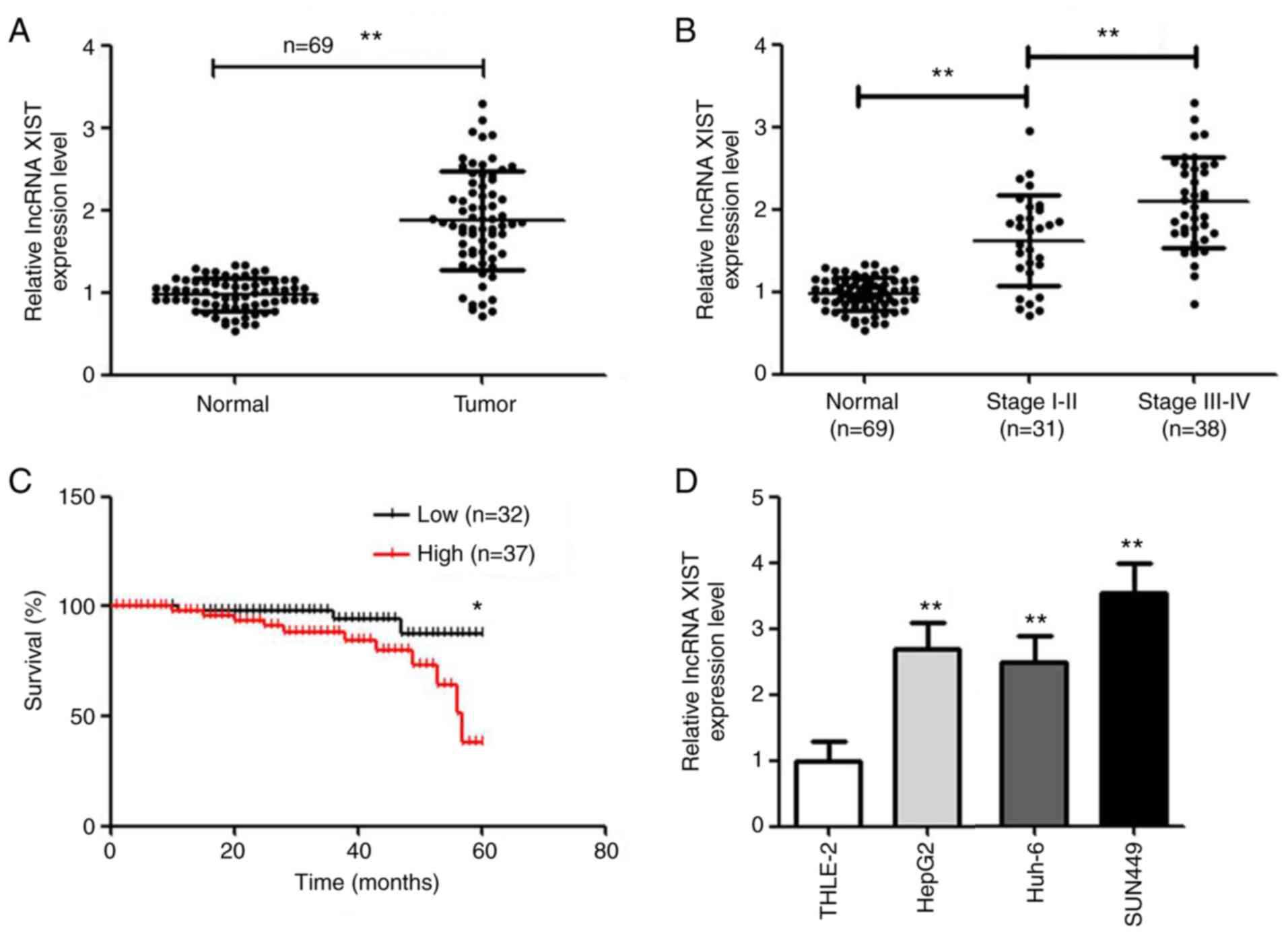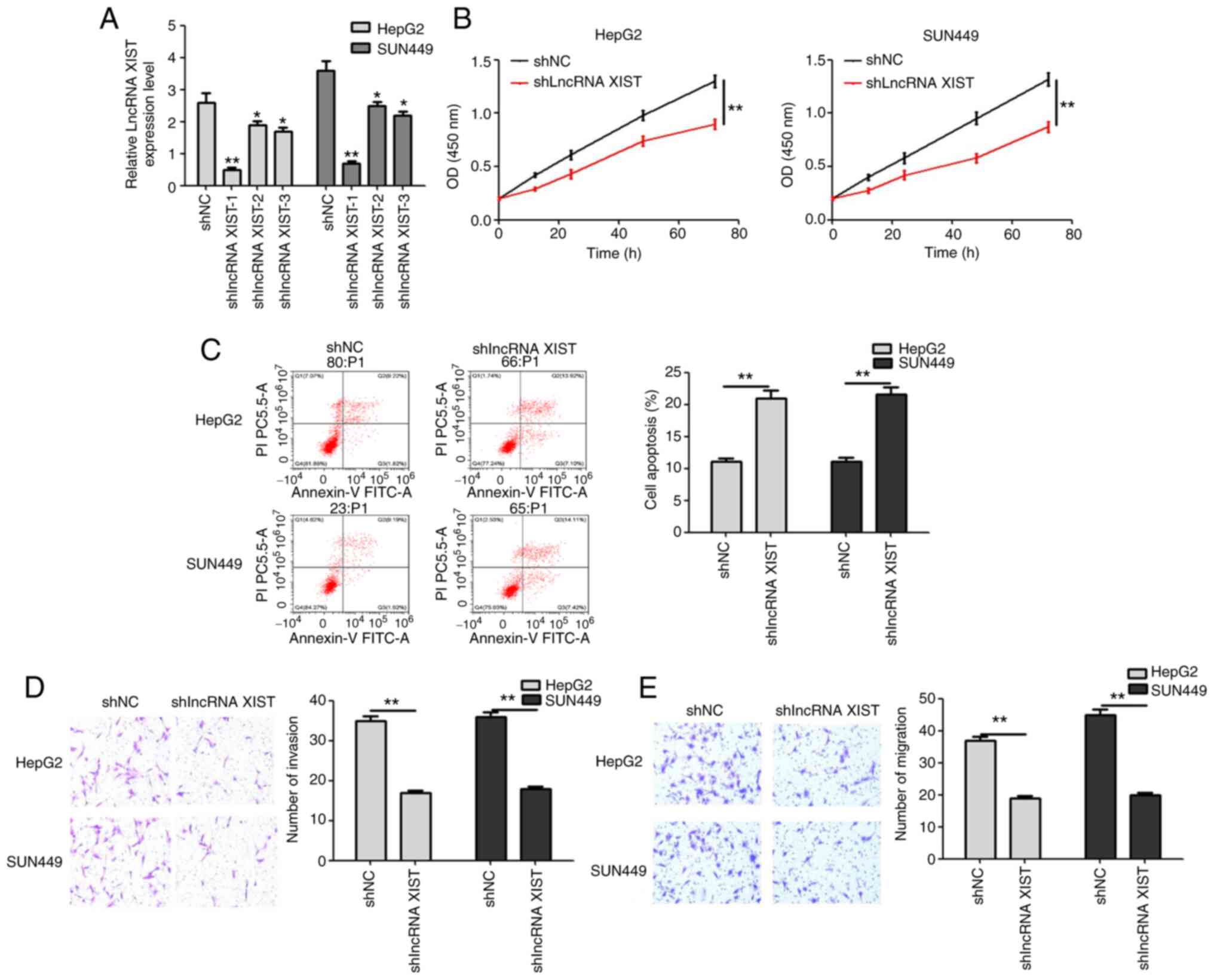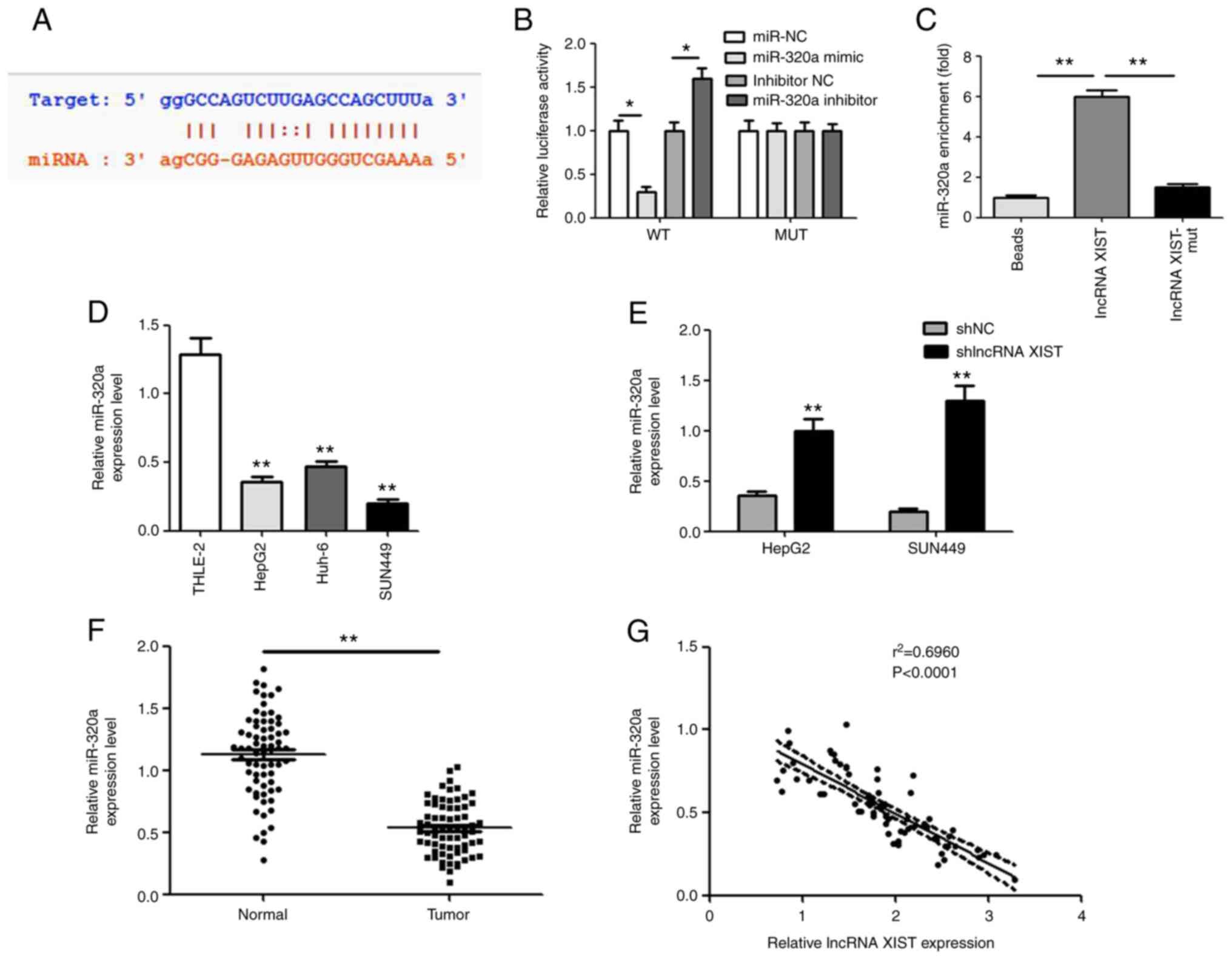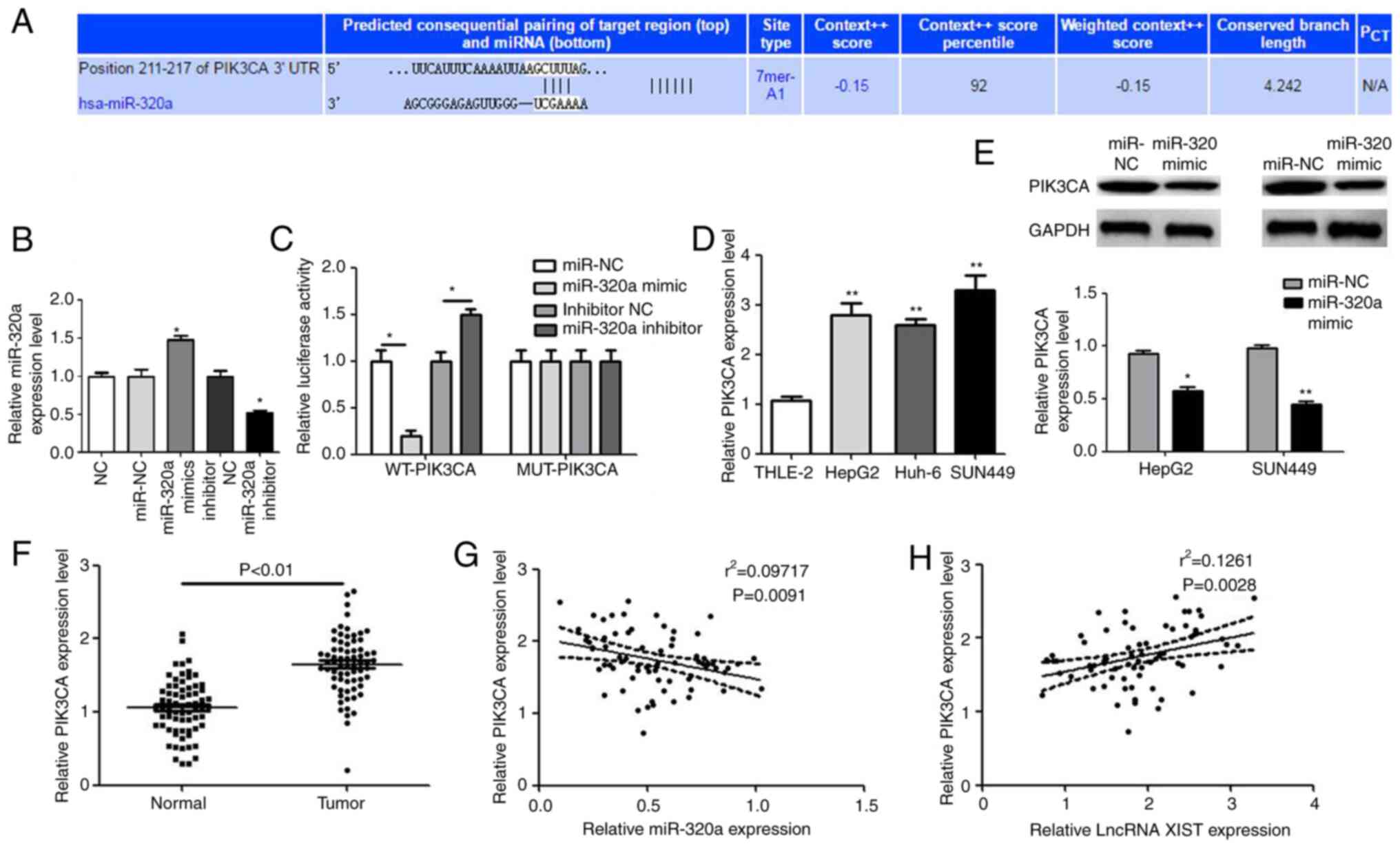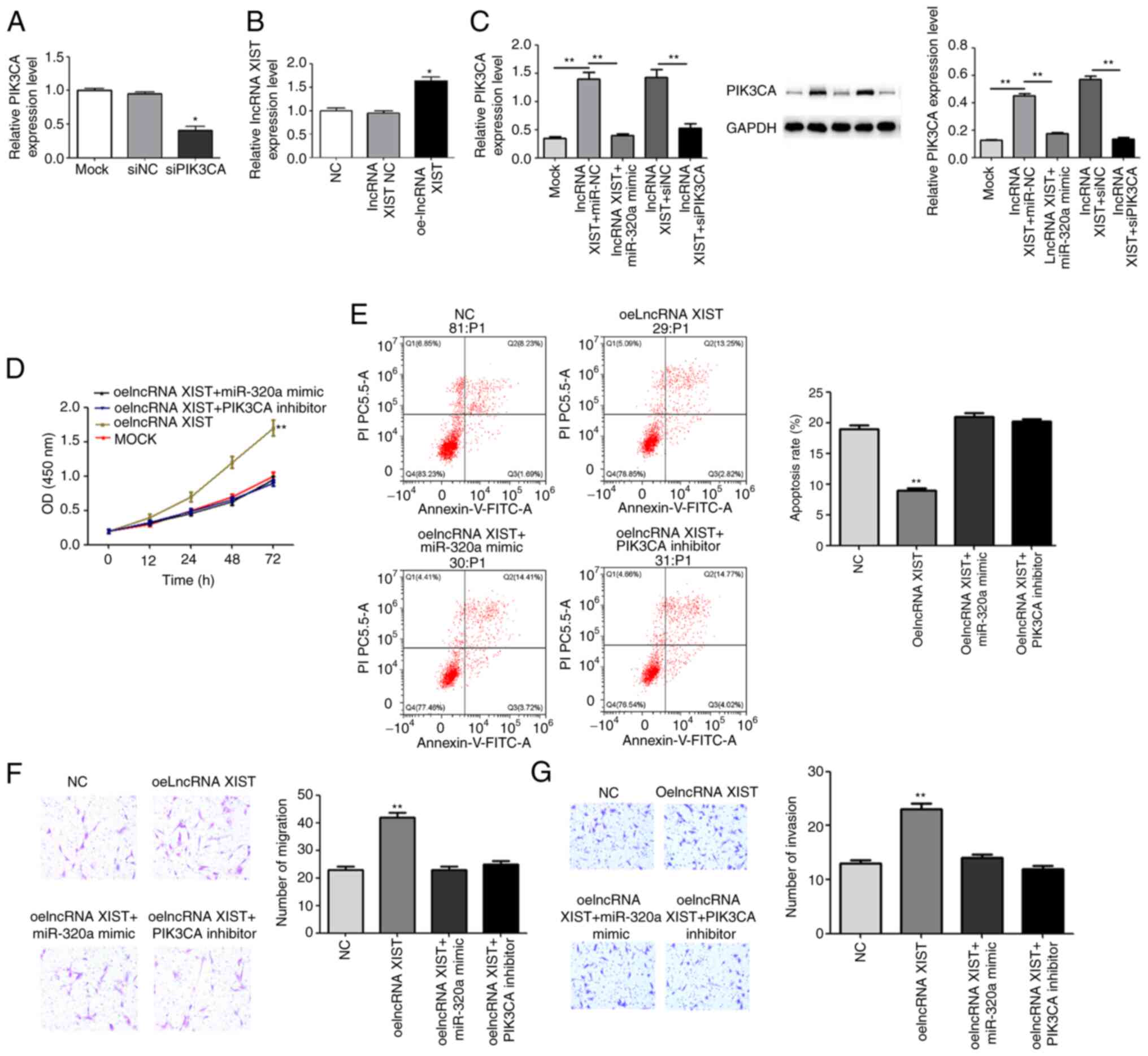|
1
|
Li B, Liu H, Shang HW, Li P, Li N and Ding
HG: Diagnostic value of glypican-3 in alpha fetoprotein negative
hepatocellular carcinoma patients. Afr Health Sci. 13:703–709.
2013.PubMed/NCBI
|
|
2
|
Akoad ME and Pomfret EA: Surgical
resection and liver transplantation for hepatocellular carcinoma.
Clin Liver Dis. 19:381–399. 2015. View Article : Google Scholar : PubMed/NCBI
|
|
3
|
Yamamoto J, Kosuge T, Saiura A, Sakamoto
Y, Shimada K, Sano T, Takayama T, Sugawara Y, Yamaguchi T, Kokudo N
and Makuuchi M: Effectiveness of hepatic resection for early-stage
hepatocellular carcinoma in cirrhotic patients: Subgroup analysis
according to Milan criteria. Jpn J Clin Oncol. 37:287–295. 2007.
View Article : Google Scholar : PubMed/NCBI
|
|
4
|
Itoh A, Sadamori H, Yabushita K, Monden K,
Tatsukawa M, Hioki M, Hyodo T, Omonishi K, Ueki T, Ohno S, et al:
Advanced hepatocellular carcinoma with hepatic vein tumor
thrombosis and renal dysfunction after hepatic arterial infusion
chemotherapy effectively treated by liver resection with active
veno-venous bypass: Report of a case. BMC Cancer. 16:7052016.
View Article : Google Scholar : PubMed/NCBI
|
|
5
|
Lotersztajn S, Julien B, Teixeira-Clerc F,
Grenard P and Mallat A: Hepatic fibrosis: Molecular mechanisms and
drug targets. Annu Rev Pharmacol Toxicol. 45:605–628. 2005.
View Article : Google Scholar : PubMed/NCBI
|
|
6
|
Huang X, Zhi X, Gao Y, Na T and Zheng J:
LncRNAs in pancreatic cancer. Oncotarget. 7:57379–57390. 2016.
View Article : Google Scholar : PubMed/NCBI
|
|
7
|
Xu YY and Song X: Advances in research on
circulating miRNAs and lncRNAs in early diagnosis and treatment of
lung cancer. Tumor. 35:584–591. 2015.(In Chinese).
|
|
8
|
Deng L, Yang SB, Xu FF and Zhang JH: Long
noncoding RNA CCAT1 promotes hepatocellular carcinoma progression
by functioning as let-7 sponge. J Exp Clin Cancer Res. 34:182015.
View Article : Google Scholar : PubMed/NCBI
|
|
9
|
Zamani M, Sadeghizadeh M, Behmanesh M and
Najafi F: Dendrosomal curcumin increases expression of the long
non-coding RNA gene MEG3 via up-regulation of epi-miRs in
hepatocellular cancer. Phytomedicine. 22:961–967. 2015. View Article : Google Scholar : PubMed/NCBI
|
|
10
|
Li T, Xie J, Shen C, Cheng D, Shi Y, Wu Z,
Deng X, Chen H, Shen B, Peng C, et al: Amplification of long
noncoding RNA ZFAS1 promotes metastasis in hepatocellular
carcinoma. Cancer Res. 75:3181–3191. 2015. View Article : Google Scholar : PubMed/NCBI
|
|
11
|
Tsang WP and Kwok TT: Riboregulator H19
induction of MDR1-associated drug resistance in human
hepatocellular carcinoma cells. Oncogene. 26:4877–4881. 2007.
View Article : Google Scholar : PubMed/NCBI
|
|
12
|
Du Y, Weng XD, Wang L, Liu XH, Zhu HC, Guo
J, Ning JZ and Xiao CC: LncRNA XIST acts as a tumor suppressor in
prostate cancer through sponging miR-23a to modulate RKIP
expression. Oncotarget. 8:94358–94370. 2017. View Article : Google Scholar : PubMed/NCBI
|
|
13
|
Tang Y, He R, An J, Deng P, Huang L and
Yang W: lncRNA XIST interacts with miR-140 to modulate lung cancer
growth by targeting iASPP. Oncol Rep. 38:941–948. 2017. View Article : Google Scholar : PubMed/NCBI
|
|
14
|
Schouten PC, Vollebergh MA, Opdam M,
Jonkers M, Loden M, Wesseling J, Hauptmann M and Linn SC: High XIST
and low 53BP1 expression predict poor outcome after high-dose
alkylating chemotherapy in patients with a BRCA1-like breast
cancer. Mol Cancer Ther. 15:190–198. 2016. View Article : Google Scholar : PubMed/NCBI
|
|
15
|
Fang J, Sun CC and Gong C: Long noncoding
RNA XIST acts as an oncogene in non-small cell lung cancer by
epigenetically repressing KLF2 expression. Biochem Biophys Res
Commun. 478:811–817. 2016. View Article : Google Scholar : PubMed/NCBI
|
|
16
|
Zhang Y, Zhu Z, Huang S, Zhao Q, Huang C,
Tang Y, Sun C, Zhang Z, Wang L, Chen H, et al: lncRNA XIST
regulates proliferation and migration of hepatocellular carcinoma
cells by acting as miR-497-5p molecular sponge and targeting PDCD4.
Cancer Cell Int. 19:1982019. View Article : Google Scholar : PubMed/NCBI
|
|
17
|
Kong Q, Zhang S, Liang C, Zhang Y, Kong Q,
Chen S, Qin J and Jin Y: LncRNA XIST functions as a molecular
sponge of miR-194-5p to regulate MAPK1 expression in hepatocellular
carcinoma cell. J Cell Biochem. 119:4458–4468. 2018. View Article : Google Scholar : PubMed/NCBI
|
|
18
|
Nolan T, Hands RE and Bustin SA:
Quantification of mRNA using real-time RT-PCR. Nat Protoc.
1:1559–1582. 2006. View Article : Google Scholar : PubMed/NCBI
|
|
19
|
Inagawa S, Itabashi M, Adachi S, Kawamoto
T, Hori M, Shimazaki J, Yoshimi F and Fukao K: Expression and
prognostic roles of beta-catenin in hepatocellular carcinoma:
Correlation with tumor progression and postoperative survival. Clin
Cancer Res. 8:450–456. 2002.PubMed/NCBI
|
|
20
|
Li YT, Luo SF and Liu JF: Advances in
research on prediction for early postoperative metastasis and
recurrence in patients with hepatocellular carcinoma. Chin Med
Abstracts. 13:259–261. 2013.
|
|
21
|
Lee JT: X-Chromosome Inactivation and Long
Non-Coding RNAs. Presentation at the Annual Meeting of the American
Association for the Advancement of Science Feb 13–17 2014 in
Chicago, IL, USA.
|
|
22
|
Li J, Shi Z, Luo TH, Nie MM, Yuan SJ and
Bi JW: Expression and clinical significance of long non-coding RNA
XIST in tissue and plasma of gastric cancer. Acad J Sec Mil Med
Univ. 38:1403–1409. 2017.(In Chinese).
|
|
23
|
Sun X, Wei B, Peng ZH, Fu QL, Wang CJ,
Zheng JC and Sun JC: Knockdown of lncRNA XIST suppresses
osteosarcoma progression by inactivating AKT/mTOR signaling pathway
by sponging miR-375-3p. Int J Clin Exp Pathol. 12:1507–1517.
2019.PubMed/NCBI
|
|
24
|
Song H, He P, Shao T, Li Y, Li J and Zhang
Y: Long non-coding RNA XIST functions as an oncogene in human
colorectal cancer by targeting miR-132-3p. J BUON. 22:696–703.
2017.PubMed/NCBI
|
|
25
|
Zhang YL, Li XB, Hou YX, Fang NZ, You JC
and Zhou QH: The lncRNA XIST exhibits oncogenic properties via
regulation of miR-449a and Bcl-2 in human non-small cell lung
cancer. Acta Pharmacol Sin. 38:371–381. 2017. View Article : Google Scholar : PubMed/NCBI
|
|
26
|
Du P, Zhao H, Peng R, Liu Q, Yuan J, Peng
G and Liao Y: LncRNA-XIST interacts with miR-29c to modulate the
chemoresistance of glioma cell to TMZ through DNA mismatch repair
pathway. Biosci Rep. 37:BSR201706962017. View Article : Google Scholar : PubMed/NCBI
|
|
27
|
Ma M, Pei Y, Wang X, Feng J, Zhang Y and
Gao MQ: LncRNA XIST mediates bovine mammary epithelial cell
inflammatory response via NF-κB/NLRP3 inflammasome pathway. Cell
Prolif. 52:e125252019. View Article : Google Scholar : PubMed/NCBI
|
|
28
|
Yang LG, Cao MZ, Zhang J, Li XY and Sun
QL: LncRNA XIST modulates HIF-1A/AXL signaling pathway by
inhibiting miR-93-5p in colorectal cancer. Mol Genet Genomic Med.
8:e11122020. View Article : Google Scholar : PubMed/NCBI
|
|
29
|
Macdonald GA, Greenson JK, Saito K,
Cherian SP, Appelman HD and Boland CR: Microsatellite instability
and loss of heterozygosity at DNA mismatch repair gene loci occurs
during hepatic carcinogenesis. Hepatology. 28:90–97. 1998.
View Article : Google Scholar : PubMed/NCBI
|
|
30
|
Wu Q, Meng WY, Jie Y and Zhao H: LncRNA
MALAT1 induces colon cancer development by regulating
miR-129-5p/HMGB1 axis. J Cell Physiol. 233:6750–6757. 2017.
View Article : Google Scholar : PubMed/NCBI
|
|
31
|
Lin Y, Zeng Y, Zhang F, Xue L, Huang Z, Li
W and Guo M: Characterization of MicroRNA expression profiles and
the discovery of novel MicroRNAs involved in cancer during human
embryonic development. PLoS One. 8:e692302013. View Article : Google Scholar : PubMed/NCBI
|
|
32
|
Zhang B and Pan X: RDX induces aberrant
expression of MicroRNAs in Mouse brain and liver. Environ Health
Perspect. 117:231–240. 2009. View Article : Google Scholar : PubMed/NCBI
|
|
33
|
Wen Y, Han J, Chen J, Dong J, Xia Y, Liu
J, Jiang Y, Dai J, Lu J, Jin G, et al: Plasma miRNAs as early
biomarkers for detecting hepatocellular carcinoma. Int J Cancer.
137:1679–1690. 2015. View Article : Google Scholar : PubMed/NCBI
|
|
34
|
Yao J, Liang LH, Zhang Y, Ding J, Tian Q,
Li JJ and He XH: GNAI1 suppresses tumor cell migration and invasion
and is post-transcriptionally regulated by Mir-320a/c/d in
hepatocellular carcinoma. Cancer Biol Med. 9:234–241.
2012.PubMed/NCBI
|
|
35
|
Chou LF, Chen CY, Yang WH, Chen CC, Chang
JL, Leu YL, Liou MJ and Wang TH: Suppression of hepatocellular
carcinoma progression through FOXM1 and EMT inhibition via
hydroxygenkwanin-induced miR-320a expression. Biomolecules.
10:202019. View Article : Google Scholar : PubMed/NCBI
|
|
36
|
Lv X, Xiong W, Song D, Shi H, Li H, Guo P,
Chen D and Li J: The expression of miR-320a on hepatocellular
carcinoma and the effect of apoptosis and migration on SMMC-7721
cell line. Genomics Appl Biol. 5:2305–2311. 2018.(In Chinese).
|
|
37
|
Auger KR, Carpenter CL, Cantley LC and
Varticovski L: Phosphatidylinositol 3-kinase and its novel product,
phosphatidylinositol 3-phosphate, are present in Saccharomyces
cerevisiae. J Biol Chem. 264:20181–20184. 1989. View Article : Google Scholar : PubMed/NCBI
|
|
38
|
Zhao JJ: Targeting breast cancers
featuring activating mutations in PIK3CA by generating a lethal
dose of PIP3. Annual summary rept. 1 Feb 2007-31 Jan 2008. Defense
Technical Information Center, Fort Belvoir, VA. 2008.https://apps.dtic.mil/sti/citations/ADA485990February
1–2008 View Article : Google Scholar
|
|
39
|
Orloff MS, He X, Peterson C, Chen F, Chen
JL, Mester JL and Eng C: Germline PIK3CA and AKT1 mutations in
Cowden and Cowden-like syndromes. Am J Hum Genet. 92:76–80. 2013.
View Article : Google Scholar : PubMed/NCBI
|
|
40
|
Ali T, Badshah H, Kim TH and Kim MO:
Melatonin attenuates D-galactose-induced memory impairment,
neuroinflammation and neurodegeneration via RAGE/NF-K B/JNK
signaling pathway in aging mouse model. J Pineal Res. 58:71–85.
2015. View Article : Google Scholar : PubMed/NCBI
|















